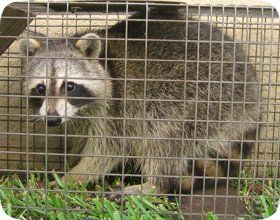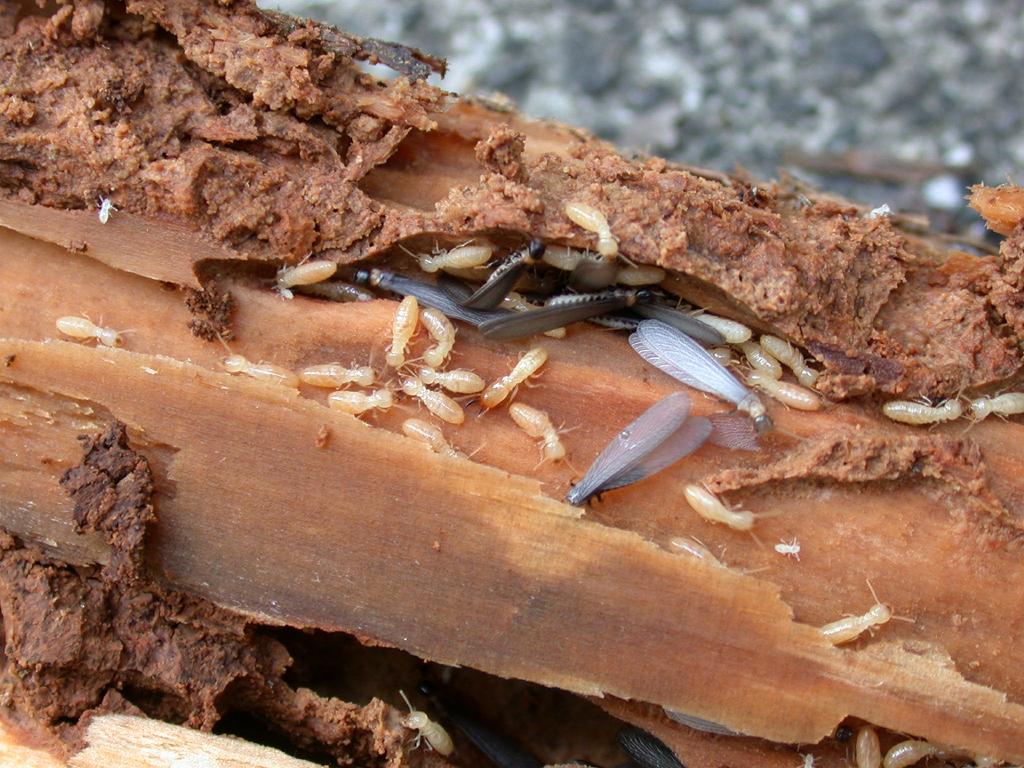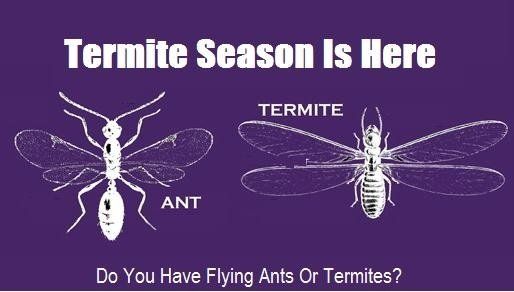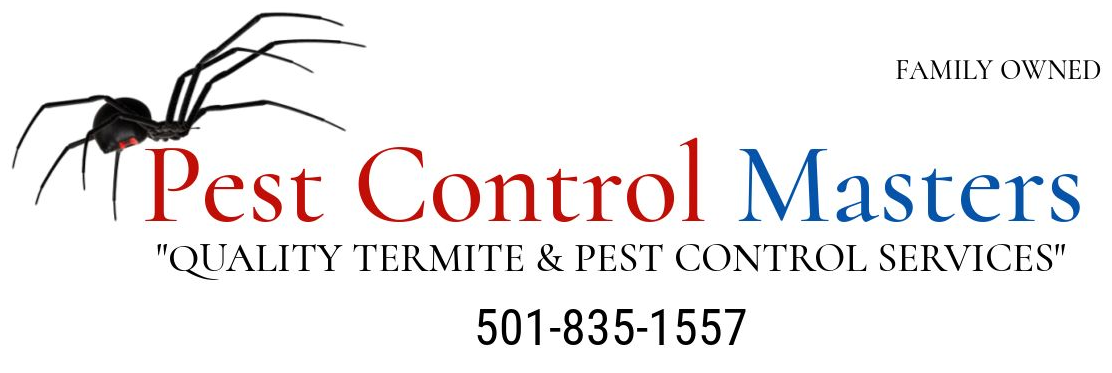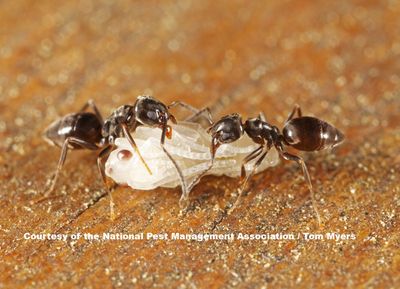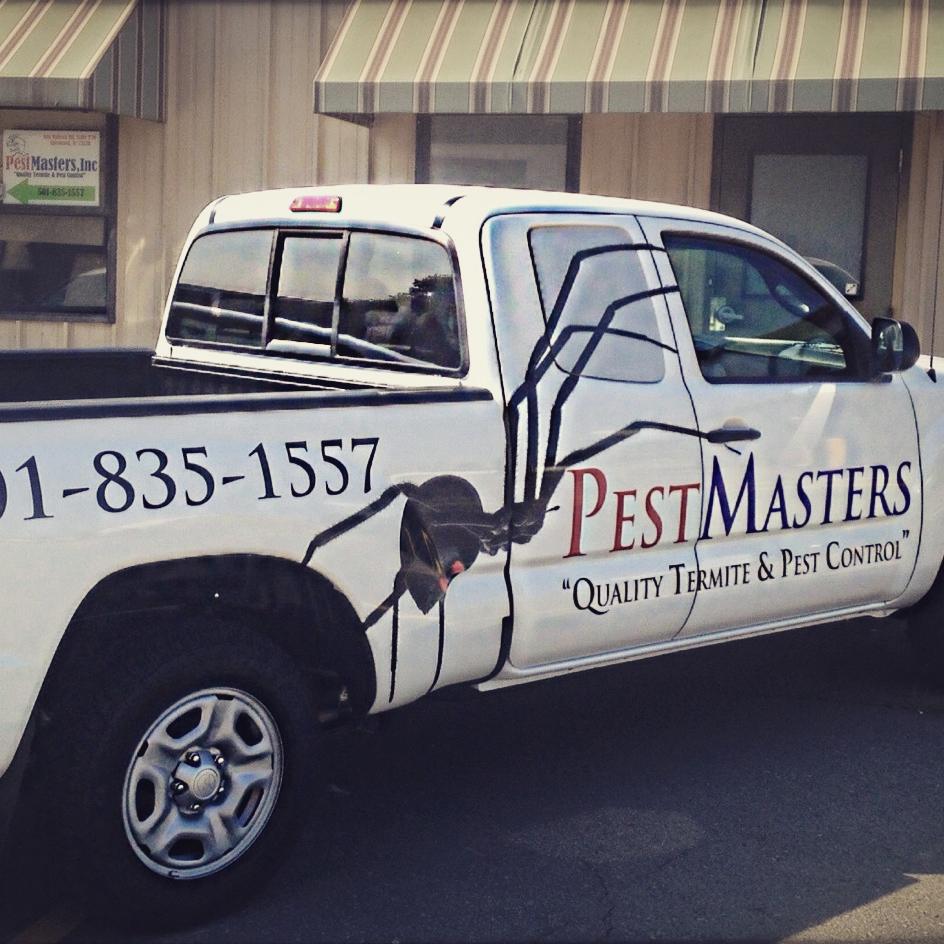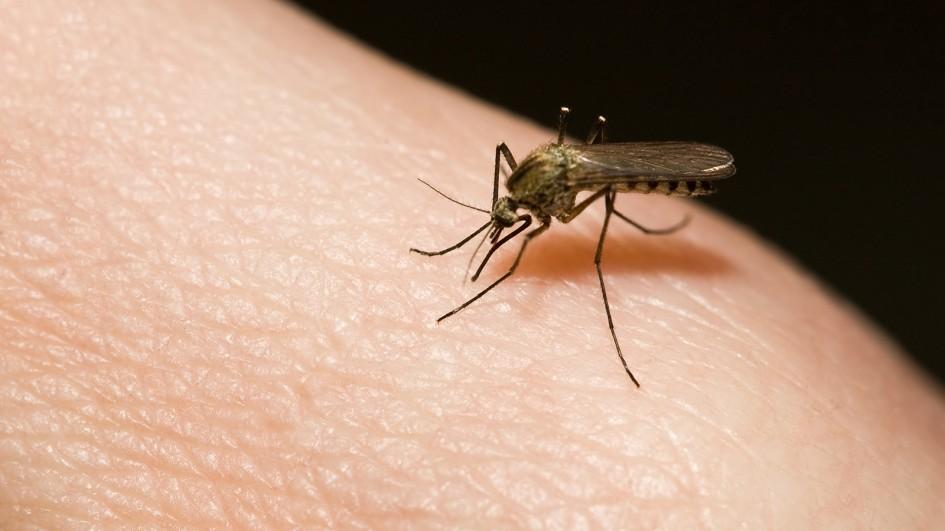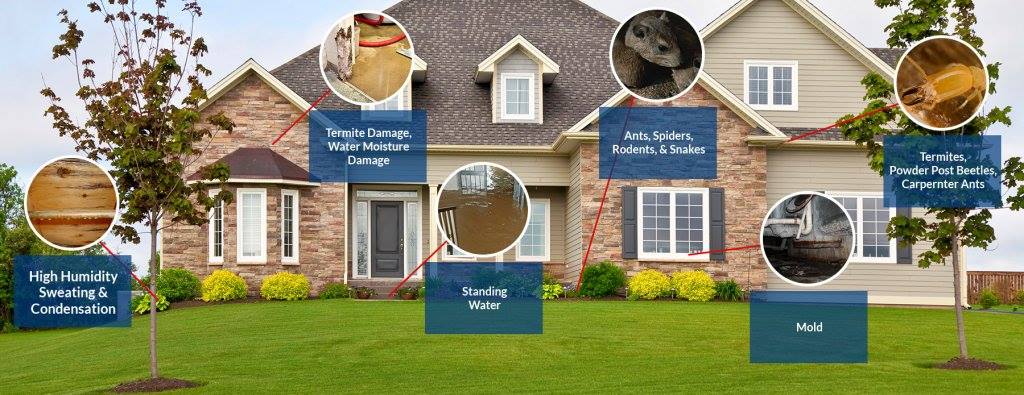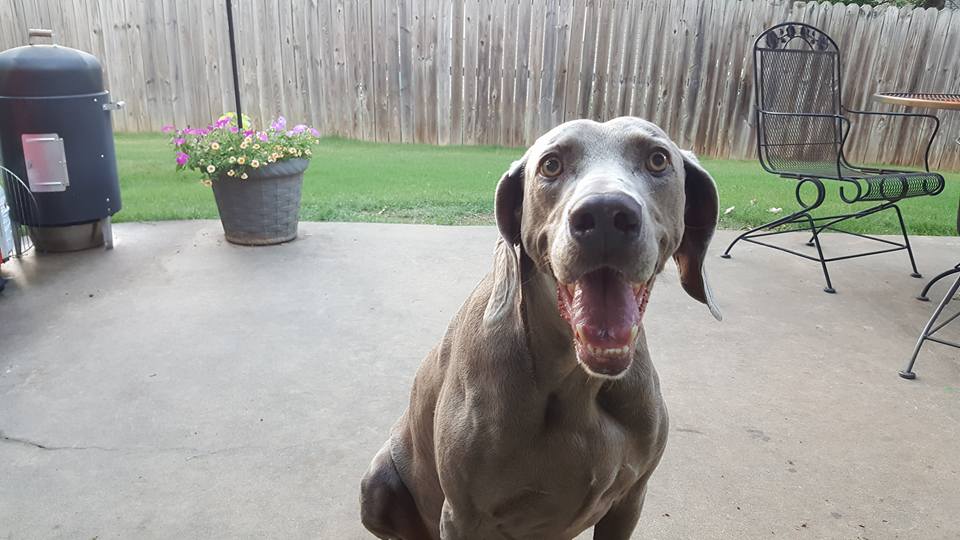Facts about Ants
Odorous House Ants
This ant gets its name from the strong, rotten coconut-like smells it gives off when crushed and the fact that they commonly nest in or around houses. Native to the United States, these ants are very social, living in colonies of up to 100,000 members.
- Size: 1/16" to 1/8"
- Shape: Segmented, oval
- Color: Brown or black
- Legs: 6
- Wings: Varies
- Antenna: Yes
- Common Name: Odorous house ant
- Kingdom: Animalia
- Phylum: Arthropoda
- Class: Insecta
- Order: Hymenoptera
- Family: Formicidae
- Species: Tapinoma sessile
Diet: Odorous house ants like to eat dead insects and sugary sweets, especially melon.
Habitat: Typically living for several years, these ants commonly make their homes in exposed soil, under stones, logs, mulch, debris and other items. They will also nest in wall and floor cracks.
Impact: Odorous house ants do not pose a health threat, but they can contaminate food by leaving waste behind.
Prevention:
- Avoid using other individuals' combs, hats, towels, etc.
- Eliminate standing water. Pests, such as ants, mosquitoes and termites, are attracted to moisture.
- Keep tree branches and other plants cut back from the house. Sometimes pests use these branches to get into your home.
- Make sure that there are no cracks or little openings around the bottom of your house. Sometimes pests use these to get into your home.
- Make sure that firewood and building materials are not stored next to your home. Pests like to build nests in stacks of wood.


